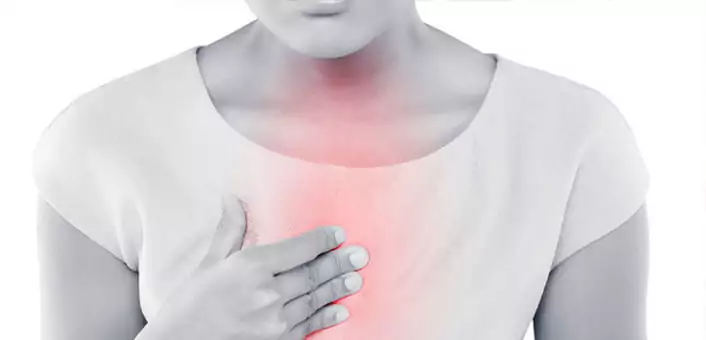
Acid Reflux
Common Signs Of GERD And Who All Are At Risk?
May 6, 2017GERD or Gastroesophageal reflux disease is a digestive disorder, which occurs in the Lower Esophageal Sphincter (LES), when acid or bile flows into the food pipe and affects the lining of the stomach. LES is the muscle between the esophagus and stomach.
During normal digestion, the lower esophageal sphincter opens to allow food to pass into the stomach and closes to prevent stomach acids from flowing back up the esophagus. GERD occurs when the LES is weak and malfunctioning. This, in turn, allows the contents of the stomach to flow up into the esophagus. This process can be damaging to your food pipe.
Signs of GERD
There are many signs of GERD to look out for. Some will feel an acute burning sensation in the chest area. In severe cases, this might spread to the throat area and cause a bitter taste. Chest pain is another sign of GERD which can cause discomfort. Along with this, a person could experience the following:
- Difficulty in swallowing
- A dry cough
- A sore throat
- Regurgitation of food or acid
- A lumpy sensation in the throat area
- Increased saliva
- Bad breath
Recently, it was discovered that poor sleep and sleep disturbances are also signs of GERD. Night-time heartburn seems to be a direct effect of an unhealthy lifestyle.
Who all are at the Risk of GERD?
People who smoke regularly and those who suffer from obesity, hiatal hernia (when the top of the stomach bulges into the diaphragm) and asthma are prone to GERD. Also, pregnant women and people who empty their bowels later than usual are also prone to it.
If you are experiencing any signs of GERD too frequently, you should consult a doctor for advice. Alongside, you can also try out natural ways of getting rid of GERD, which can help in balancing your system naturally.



